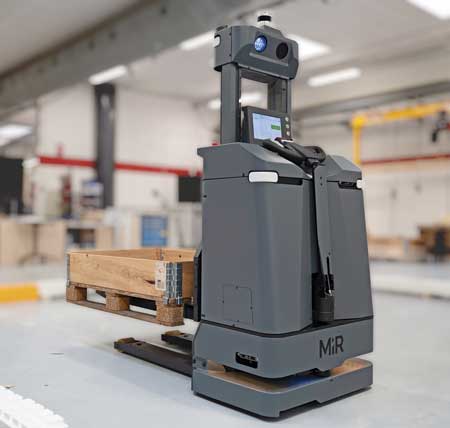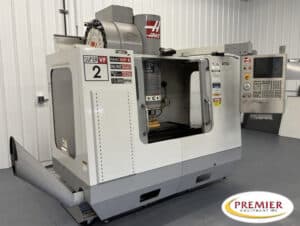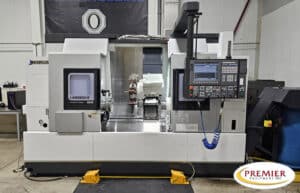With technology moving so fast in manufacturing, AI is changing the game for CNC machining. This piece takes a look at what AI can do right now in CNC programming, where it falls short, and why human programmers are still super important in today’s manufacturing world.
The Current State of AI in CNC Manufacturing
Bringing AI into CNC manufacturing is a huge step forward for the industry. These days, AI systems are really good at optimizing cutting paths, figuring out tool paths and making quick changes while machines are working. In top-notch manufacturing shops, these AI algorithms keep track of loads of operational data and make tiny adjustments to keep everything running smoothly and to ensure high quality.
We’ve seen that AI-driven CNC systems can cut setup times by up to 30% and lower material waste by 25% compared to the old-school ways. These systems do great with routine tasks like generating G-code and M-code, especially for standard shapes and common processes. This tech is a game-changer in high-volume production where consistency and efficiency really matter.
But we need to realize that today’s AI operates within specific limits and heavily relies on past data and pre-set algorithms. While they’re great at optimizing known situations, they can struggle when facing new issues or tricky manufacturing challenges that haven’t been dealt with before. This limitation pops up a lot in custom manufacturing where every job comes with its own unique hurdles requiring some creative thinking.
The Irreplaceable Human Element in CNC Programming
Even with all these tech advances, human CNC programmers have skills that AI just can’t match. The biggest one is understanding context and making smart decisions based on what’s not always obvious in the data. Experienced programmers have a feel for how materials behave, how tools wear down and what the machines can actually do beyond just crunching numbers.
Imagine a factory getting a custom order for complex shapes and precise tolerances made from a new exotic material. An experienced CNC programmer can tap into years of know-how to spot possible problems, shift programming strategies based on the material’s properties and come up with creative solutions to manufacturing challenges. They get not just the technical side of programming but also how their choices impact the production floor.
On top of that, human programmers are champs at troubleshooting and solving problems on the fly, especially when unexpected hiccups or equipment issues come up. They can quickly shift programming based on changing conditions, material differences, or customer demands – skills that AI hasn’t quite mastered yet.
The Emerging Hybrid Approach
The best manufacturing environments these days are using a hybrid approach that blends AI with human skills. This team-up plays to the strengths of both while balancing out their weak spots. AI handles routine math, optimizes tool paths and keeps quality steady across big production runs. At the same time, human programmers take care of the bigger decisions, creative problem-solving, and making sure the manufacturing processes fit with overall business goals.
In this hybrid setup, AI becomes a handy tool that boosts human skills instead of replacing them. For example, while AI can whip up initial tool paths and suggest best cutting settings, human programmers review these suggestions within the bigger picture of production needs, material costs and machine abilities. This teamwork leads to smoother operations while keeping the flexibility and adaptability that modern manufacturing needs.
Wrapping Up
Asking if AI can take over CNC programmers shows a misunderstanding of what AI can do and how complex CNC programming really is. Sure, AI has brought big improvements to some parts of CNC manufacturing, but it’s really a smart tool and not a full-on replacement for human expertise. The way forward lies not in pushing out human programmers but in creating a strong partnership between skilled workers and advanced AI.
As tech keeps evolving, CNC programmers will likely move towards overseeing and making strategic decisions, while AI tackles more of the routine chores. This shift opens up chances for professionals to grow their skills and adapt to new tech while keeping their vital role in the manufacturing scene. Winning in today’s manufacturing isn’t about picking between human know-how and AI power but blending both to get the best results.



